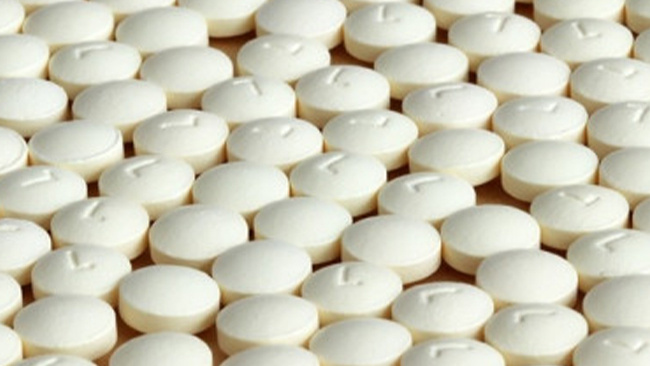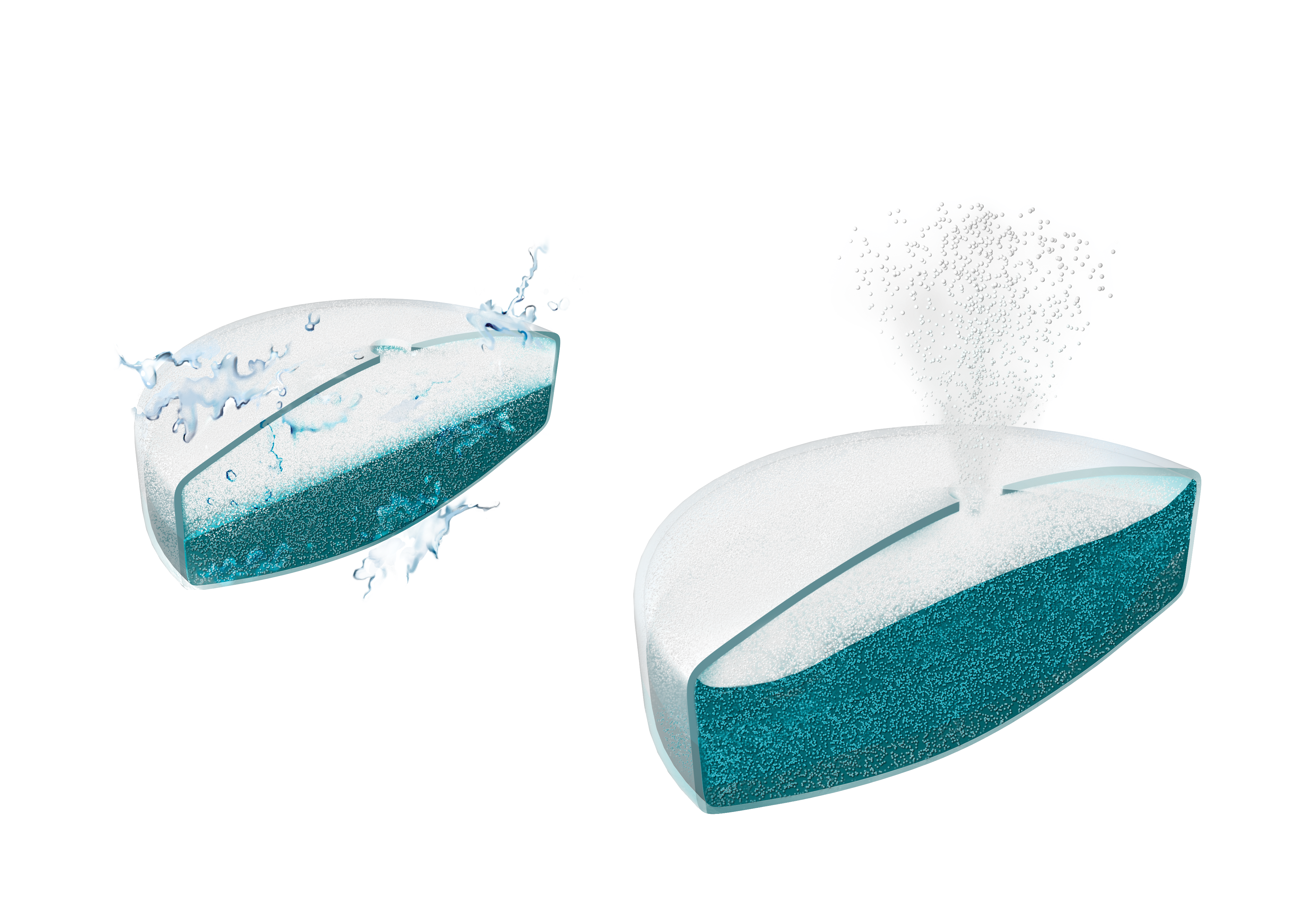How Can Excipients Influence Drug Interactions?

Excipients – the often-overlooked components in drug formulations – play a big role in influencing drug interactions by boosting the solubility and bioavailability of drugs, ensuring stability, and sometimes even affecting the efficacy and safety of the medications.
To better understand how excipients function and what pharmaceutical companies need to know about the subject, we turn to Kurt Fegely, Vice President of Excipient Technologies at Colorcon. In the following Q&A, Kurt offers his expert insights on how excipients function within pharmaceuticals, the positive and negative impacts they can have on drug interactions, and the careful considerations involved in selecting the right excipients for drug formulations.
Q: Could you explain what excipients are and their primary roles in drug formulations?
A: Essentially, excipients are materials that allow the API (active pharmaceutical ingredient) or active pharmaceutical ingredient to be delivered where and when it needs to be delivered.
Q: How can excipients influence drug interactions, both positively and negatively?
A: There's certain excipients out there, like a partially pregelatinized starch, where they're known to be very low interacting materials. In other words, the starch itself is not very reactive. With active pharmaceutical ingredients, a starch has the ability to sequester moisture, so the moisture is not available to react with the active pharmaceutical ingredients.
Some excipients like a cyclodextrin are meant to interact with the excipient to increase the solubility of that actual drug, or you'll see lipids that are actually meant to carry the drug somewhere where the active will be more bioavailable to the human body.
Some of the challenges with excipients nowadays are the impurities that they're carrying and how those impurities that are present, either from processing or from digging them out of the ground, have impurities that can interact with the drug and cause something that may be potentially dangerous in the body.
So sometimes we want the excipient to react with the with the drug. And other times when you're simply using it as a carrier to make a capsule or a tablet, you don't want it to react.
Q: What factors are considered when selecting excipients?
A: There's excipients that have known impurities where it's easy to look at the chemical structure of your active [API] and say, “I really have to avoid this excipient or I have to avoid this impurity because of my specific active pharmaceutical ingredient.”
And a lot of the excipient companies have worked pretty hard where those known impurities exist to reduce them over the years. In certain cases, the chemistry of the excipient just makes it completely incompatible with the active pharmaceutical. And if you look at any acid-based ingredient, it can never be blended together with any of the proton pump inhibitors -- any of the omeprazoles because they just will degrade each other.
So fundamentally, when you're looking at a pharmaceutical company, their active chemists will tell the formulators to beware of certain types of excipients within that chemical species.
Q: Do you find yourself often educating customers about excipients?
A: If we have the knowledge we'll obviously pass that along. That's part of what Colorcon does from a customer standpoint. If our excipient would not work in a certain way, we tell them right away.
But part of it's the education of our material, and sometimes we have to educate them again, going back to those impurities to say "hey, our specific product may not have those in there even though a competitors may" or will have to educate them to "hey, we know starch carries 8-10% moisture but that moisture is not free to react with your drug." And that's where we actually gain credibility when we're able to provide that information to our customers.
Q: Can you provide examples of how Colorcon works with suppliers to match excipients to drugs?
A: There's numerous examples of where we're trying to control the release of the drug, so obviously, that's when the excipient becomes very important. We've got plenty of examples where our osmotic technologies have been able to deliver that over 24 hours and keep the molecule stable.
We will look at something like aspirin, which is very sensitive to moisture, right? So that's why most of the time when you open an aspirin bottle, there's a desiccant pack inside of that. Our Starch 1500 actually has been shown to help provide stability to that aspirin tablet, compared to other excipients.
So being around 60 years and with most of our products being around 60 years, we've got a lot of specific examples of where our products either don't cause a stability problem or actually help prevent those stability problems.
Q: What future innovations or trends are you looking at in the excipient field?
A: The hottest topics that are out there now related to nitrates and nitrosamines. So every excipient supplier is working to reduce those to a certain level as regulatory authorities are being very stringent on that.
Colorcon is working to provide not necessarily nitrate-free options, but nitrate levels that are acceptable for our customers to be able to formulate their overall product. If you look at the recent challenges in France and in Europe related to titanium-free materials, Colorcon has launched several titanium-free coatings and really innovated in that area to make sure that we can provide what the market needs to address the challenge.
It's the continuous contact we have with the customers and the regulatory bodies that allows us to be on the front edge of what are the concerns of our customers.
Q: What's the importance of working with experienced excipient suppliers?
A: The companies that have been around for the long haul have been the ones that have been able to adapt in the face of various challenges. Sometimes we don't adapt as fast as our customers would like. But the fact that we've been here for so long shows our commitment to the long term needs of the pharmaceutical industry and our customers.



